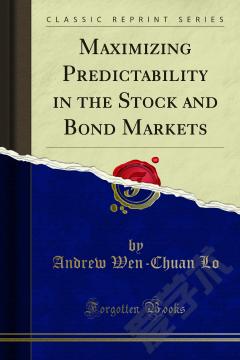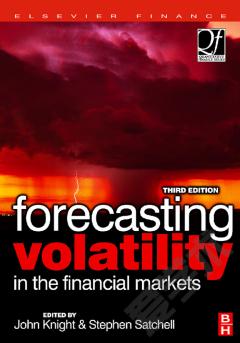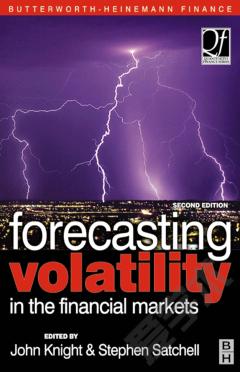Maximizing Predictability in the Stock and Bond Markets
The search for predictability in asset returns has occupied the attention of investors and academics since the advent of organized financial markets. While investors have an obvious financial interest in predictability, its economic importance can be traced to at least three distinct sources: implications for how aggregate fluctuations in the economy are transmitted to and from financial markets, implications for optimal consumption and investment policies, and implications for market efficiency. For example, several recent papers claim that the ap parent predictability in long-horizon stock return indexes is due to business cycle movements and changes in aggregate risk premia.1 Others claim that such predictability is symptomatic of inefficient markets, markets populated with overreacting and irrational investors.2 And following both explanations is a growing number of proponents of market timing or tac tical asset allocation, in which predictability is exploited, ostensibly to improve investors' risk-return trade-offs.3 Indeed, Roll (1988) has suggested that The maturity of a science is often gauged by its success in predicting important phenomena.
{{comment.content}}








 京公网安备 11010802027623号
京公网安备 11010802027623号